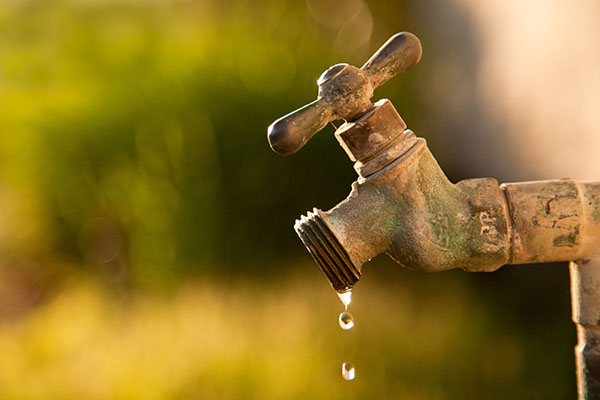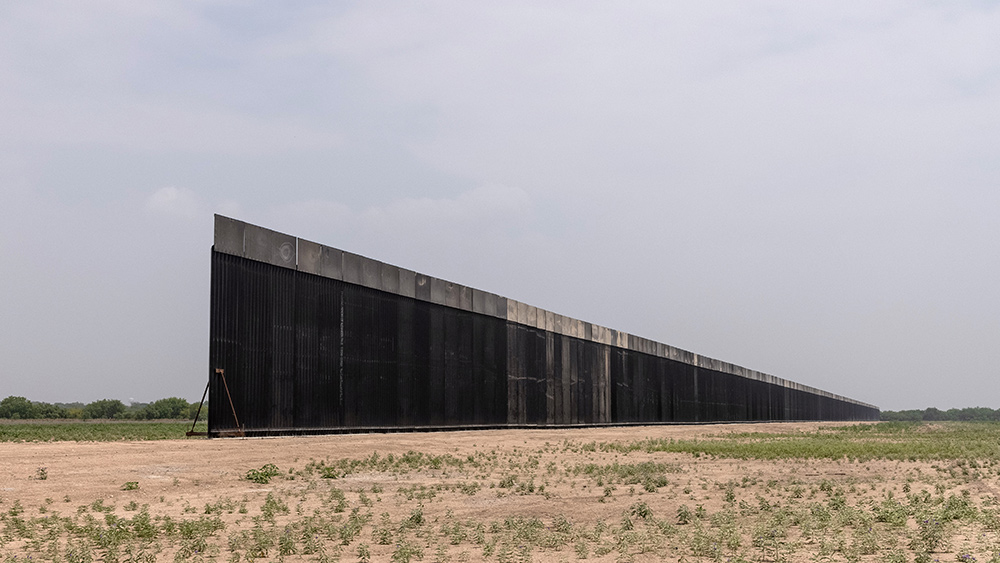Damage at Glen Canyon Dam could jeopardize water supplies in Western U.S.
04/16/2024 / By Cassie B.

Officials have identified significant pipe damage in a major U.S. dam on the Colorado River that could leave 30 million Americans suffering from a water shortage. This is just the latest example of how the nation’s aging infrastructure is impacting quality of life.
According to inspectors from the U.S. Bureau of Reclamation, the Glen Canyon Dam has sustained severe pipe damage. As a result, there will not be a spring water release, which could compromise supplies of water downstream.
The affected pipes are known as the river outlet works and release water from Lake Powell into the Colorado River to flow into Lake Mead. So far, there has been no word on a fall release, and residents who depend on the water in Utah, Nevada and California are facing uncertainty about their water supply and could face ongoing water shortages as a result.
Lake Mead is the nation’s biggest reservoir when it is full, and water flows there through four eight-foot-wide pipes along its 200-mile journey when the dam releases water. However, the damage means that the dam might not be able to offer a consistent release of water to Lake Mead. The reservoir is currently just under one third full.
A memo released by the U.S. Bureau of Reclamation warned: “In summary, at reservoir levels below the minimum power pool (elevation 3,490 ft), there are concerns with relying on the river outlet works as the sole means of sustained water releases from Glen Canyon Dam.”
The pipe damage is the result of a process known as cavitation in which small air bubbles in the water pop as they pass through the plumbing of the dam, creating an implosion that forms shock waves capable of tearing away small chunks of the protective coating that lines the inside of the pipes. It is believed to have occurred over time rather than as the result of one specific event. Experts note that this type of damage is more likely when the reservoir’s levels are low. It will need to be addressed with repairs such as a fresh coating of epoxy, something that may not be possible until next year.
The damage was discovered following a high flow experiment that saw a significant volume of water released to feed Lake Mead. No water will be released this month, which will keep Lake Powell’s water level high and safe for area residents, while those downstream will be in jeopardy.
Threat to water supplies should not be overlooked
Even before the report announcing the damaged pipes was released, the Glen Canyon Dam has been at the heart of concerns about the shrinking Colorado River for some time. Water experts worry that the water level in Lake Powell could fall so low that water cannot pass through the hydropower turbines that are responsible for generating the electricity used by 5 million Americans across seven states. Should the water levels drop even lower, water will not be able to pass through the dam at all.
The executive director of the Glen Canyon Institute, Eric Balken, has warned that the pipe damage could pose a major threat to water supplies. He said: “I think it’s really important for people to recognize how much of a threat this is to our water delivery system. This is a really big infrastructure problem, and it has a big impact on how water is managed throughout this whole basin.”
The affected tubes were designed in the 1950s, and Utah Rivers Council Executive Director Zach Frankel said that their age is a major factor in the damage.
“The plumbing design of Glen Canyon Dam is archaic. It’s just too old. It’s literally antique plumbing, and it’s going to have to be fixed by lowering the bypass tubes to a lower water level, presumably at riverbed level,” he said, adding that repairs could cost hundreds of millions of dollars.
Sources for this article include:
Submit a correction >>
Tagged Under:
aging infrastructure, big government, chaos, clean water, Collapse, Colorado River, Glen Canyon Dam, Lake Mead, Lake Powell, panic, pipes, rationing, scarcity, SHTF, water shortage, water supply, Water Wars
This article may contain statements that reflect the opinion of the author
RECENT NEWS & ARTICLES
COPYRIGHT © 2017 BIG GOVERNMENT NEWS




















